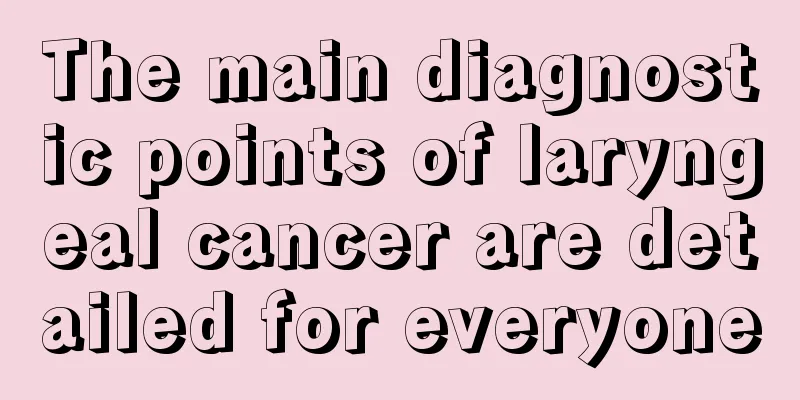How to protect oral hygiene

|
In our daily life, more and more people are troubled by dental problems. Generally, dental problems are caused by our long-term bad living habits. For example, we usually eat a lot of overly sweet foods, or we don’t pay attention to maintaining good oral hygiene, which can easily lead to bacteria breeding and decaying teeth. So, in order to keep our teeth healthy, we must maintain good living habits and pay attention to oral hygiene. Let’s learn about how to protect oral hygiene. How to protect oral hygiene 1. Brushing your teeth Brushing teeth is a routine self-oral care measure for everyone and is the most commonly used and effective method to mechanically remove plaque and oral stains. You should brush your teeth at least once a day, in the morning and evening. It is best to brush your teeth after each meal. If this is not possible, you should rinse your mouth after each meal. Special emphasis should be placed on brushing your teeth before going to bed at night, because the secretion of saliva in the mouth decreases after sleeping and the self-cleaning function of the mouth is poor. If there are food residues remaining, microorganisms in the mouth are more likely to breed and multiply. Therefore, you must brush your teeth before going to bed to keep your mouth clean for a longer period of time. At the same time, you should pay attention to the correct brushing method and brushing quality. The brushing time should not be too short, because insufficient time is not enough to remove plaque. Therefore, three minutes is appropriate, and you must brush all three surfaces (lips, cheeks, palate, tongue, and dirty surface). There are two ways to brush your teeth: vertical brushing and horizontal vertical movement brushing. The vertical brushing method is more convenient and reasonable. When brushing your teeth, first tilt the toothbrush head towards the gums, keep the bristles attached to the gums, apply a little pressure, and brush along the gaps between teeth towards the crowns. When brushing your upper teeth, brush from top to bottom; when brushing your lower teeth, brush from bottom to top. The labial, buccal, lingual and palatal surfaces of the teeth should be brushed separately. When brushing the palatal and lingual surfaces of the upper and lower front teeth, you can hold the toothbrush upright, pull the upper front teeth from top to bottom, and lift the lower front teeth from bottom to top. When brushing the upper and lower jaws, the toothbrush can be pressed on the tooth surface and pulled back and forth. The horizontal vibration vertical movement brushing method is based on the vertical brushing method with short-distance horizontal vibration. That is, when performing the vertical brushing method, the toothbrush not only brushes along the gaps between teeth, but also makes short-distance horizontal vibrations. This not only massages the gums without damaging the hard tooth tissue, but also removes food debris in the gaps between teeth. Although this method is more complicated than the vertical brushing method, it is not difficult to master after practice. Although brushing teeth is an effective way to maintain oral hygiene, it has been reported that simple brushing can only remove about 50% of plaque on average, especially interproximal plaque. Therefore, in addition to brushing your teeth, you also need to use some special interdental cleaners, such as dental floss, toothpicks, etc. to help remove plaque and tartar between teeth. (2) Dental floss Dental floss can be made of cotton, linen, silk, nylon or polyester, and should not be too thick or too thin. There are waxed or unwaxed dental flosses, as well as flavored or fluoridated flosses. Waxed dental floss is generally used to remove food debris and white scale between teeth, but it is not easy to remove plaque. Unwaxed dental floss has tiny fibers that come into contact with the tooth surface, which helps remove plaque. 3. Toothpicks When the gingival papilla recedes or the tooth space increases after periodontal treatment, a toothpick can be used to clean the adjacent surfaces and root furcations. Commonly used toothpicks are wooden and plastic. How to use: Insert the toothpick into the interdental space at a 45-degree angle, with the tip of the toothpick pointing toward the interdental space and the side close to the neck of the adjacent tooth. Pick outward or make buccal and lingual puncture movements to remove adjacent plaque and impacted food, polish the tooth surface, and then rinse your mouth. Note: 1. Do not press the toothpick into the normal gingival papilla area to avoid forming artificial tooth gaps; 2. Use the toothpick gently to avoid damaging the gingival papilla or puncturing the bottom of the gingival sulcus and destroying the epithelial attachment. The above is an introduction to how to protect oral hygiene. After understanding it, we know that in order to ensure good oral hygiene, we must brush our teeth every morning and evening. It is best to rinse your mouth in time after eating, and do not always alternate between eating too cold and too hot foods, as this will cause great damage to your teeth. |
<<: How to maintain oral hygiene
>>: How to clean removable dentures
Recommend
Are massage mats harmful?
When working under intense pressure for a long ti...
Can lymphoma be cured in its early stages? What are the treatment methods?
Can lymphoma be cured in its early stages? What a...
How to eat red bean and barley flour correctly
Red bean and coix seed powder is a powder made th...
What is the reason for pustules on lips
If there is a skin disease, some pustules will ap...
What are the roles and functions of the pancreas?
The pancreas is an important part of the human bo...
Rectal cancer symptoms
Rectal cancer symptoms: Symptoms of colorectal ca...
Can I put ginger in soup after abortion?
We all know that as society becomes more and more...
Lips become hot, red and burning
We know that some diseases will send out warning ...
How to have thick hair? Diet is the key
Thick hair can make people look full and energeti...
What does breast cancer lymph node metastasis mean?
What does breast cancer lymph node metastasis mea...
The role of calcium supplement
Calcium is very important to us, and the content ...
Why can toothpaste remove age spots
Age spots are a type of scars that appear on the ...
Duhuo Jishe Decoction, these things need to be clear
Duhuo Jishe Decoction is also a medicinal prescri...
Can hyaluronic acid be taken out?
In pursuit of a perfect body, many beauty-conscio...
I get up in the morning with pain in the right side of my waist
If you feel pain on the right side of your waist ...









